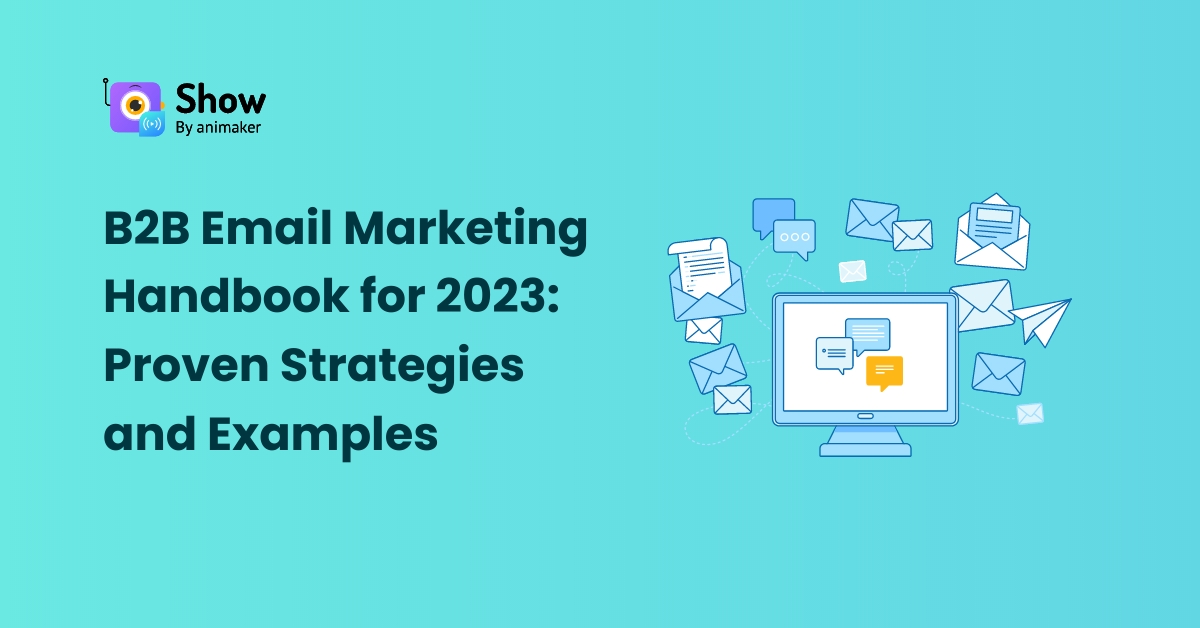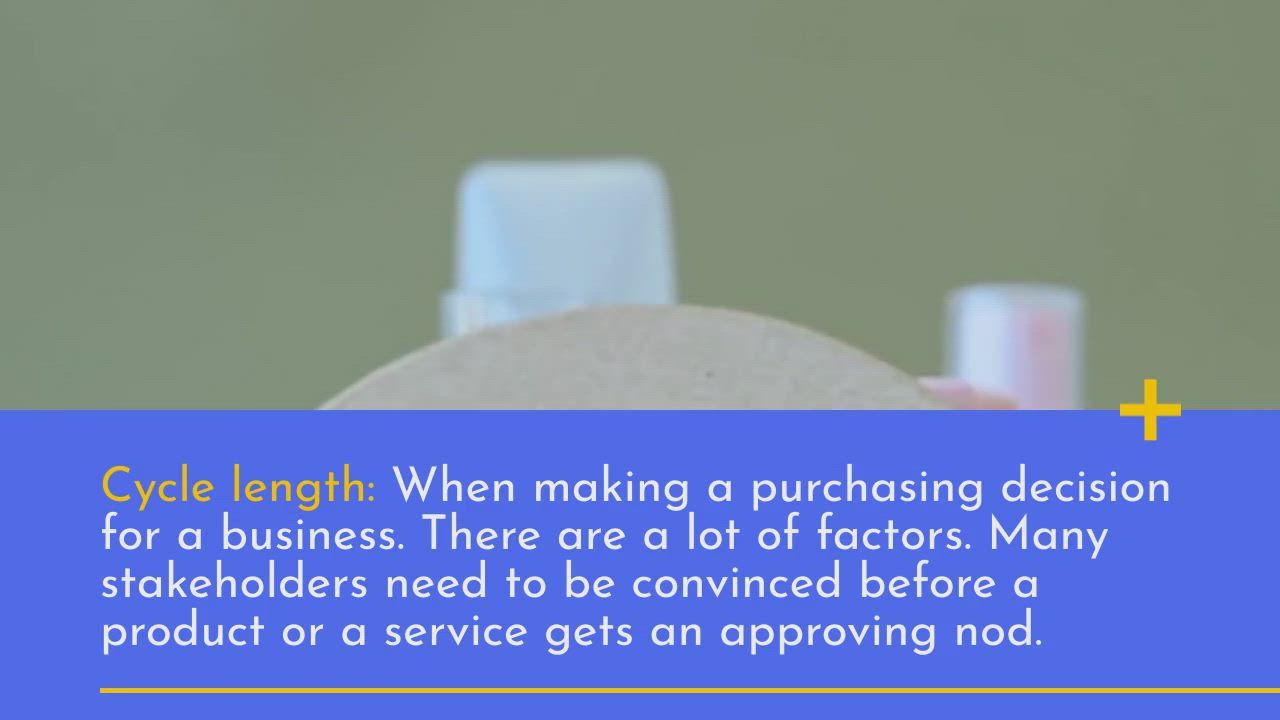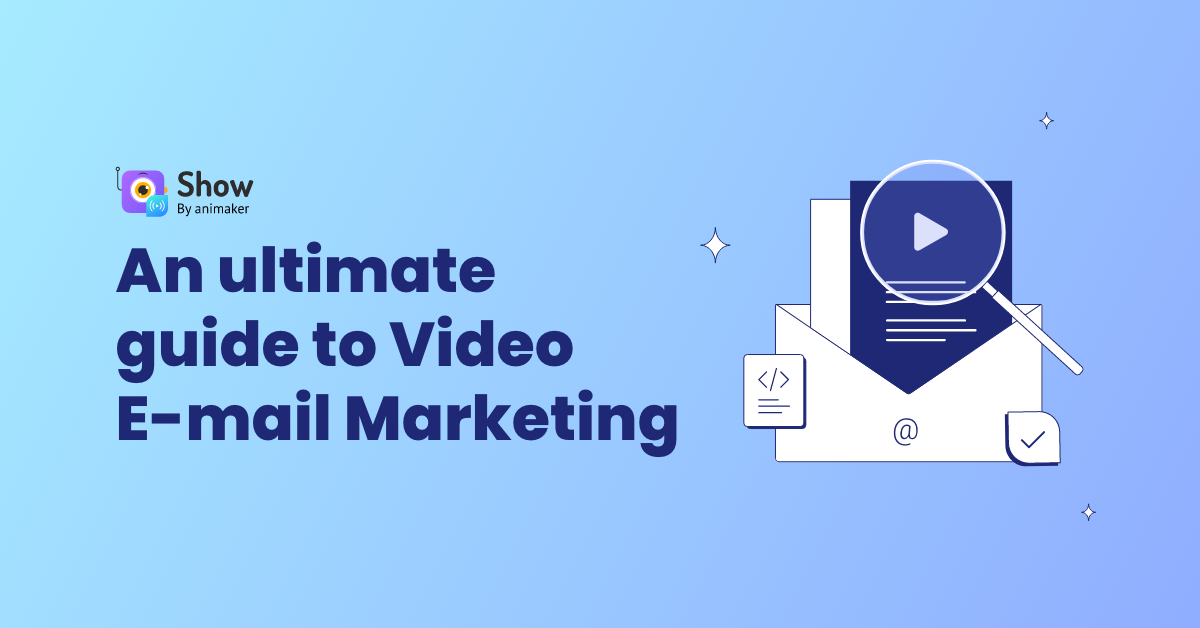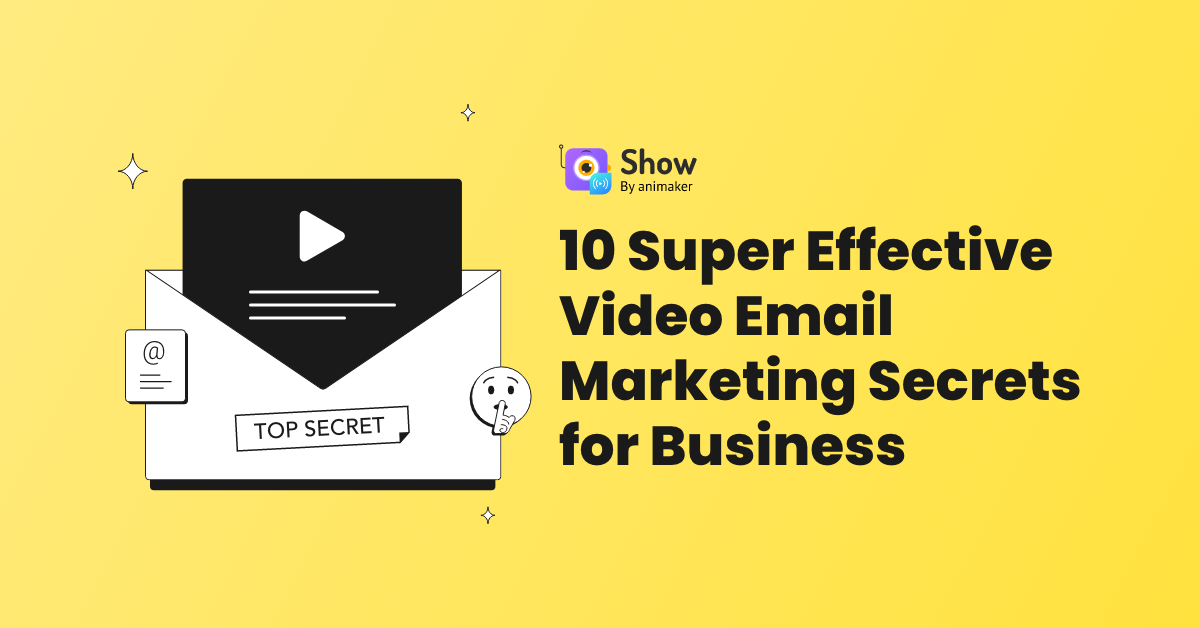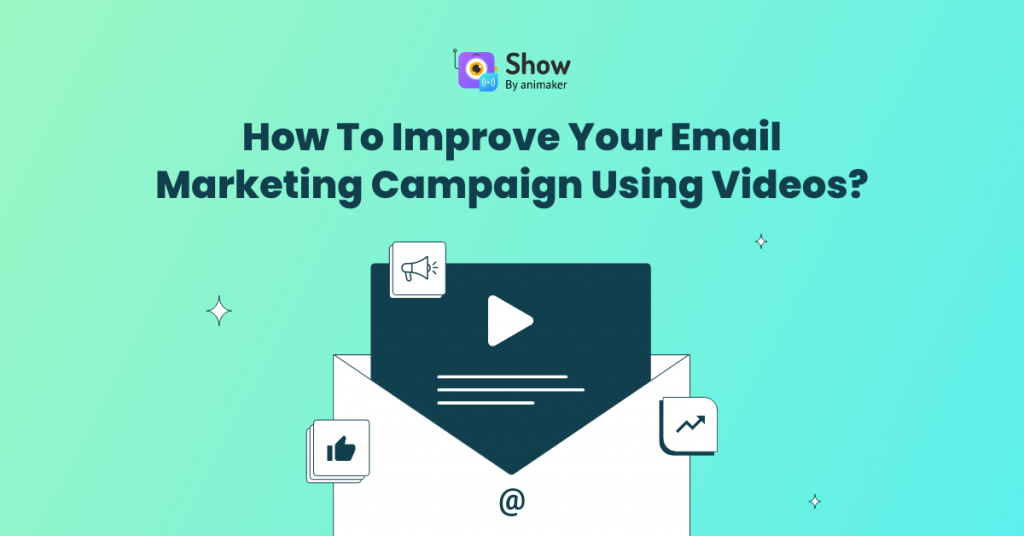Contents
Why Does B2B Email Marketing Require a Different Approach?
How to Design a B2B Email Marketing Strategy
8 B2B Email Marketing Examples
B2B Email Marketing Handbook for 2023: Proven Strategies and Examples
B2B email marketing requires a different approach compared to its counterpart B2C email marketing. Isn’t it obvious? Considering that the customers are as different as chalk and cheese in cases of both B2B and B2C email marketing. It is not rare to see someone get baffled about how differently to approach B2B email marketing in comparison to B2C email marketing. In this article, we will break down the nuances of B2B email marketing and how to crack it.
Successfully navigating the realm of B2B email marketing requires more than mere minor tweaks. In fact, 75% of B2B organizations make use of email marketing software. The distinction between B2C and B2B businesses extends far beyond surface-level modifications. In the world of B2B, the sales cycle, customer lifetime value (CLTV), cost-per-click (CPC), and other crucial metrics differ significantly. As a result, a shift in mindset and approach becomes imperative when tackling B2B email marketing.
To excel in B2B email marketing, it is essential to recognize the disparities and adapt accordingly. Transitioning from the B2C landscape to B2B demands a strategic and comprehensive understanding of the unique dynamics at play. Let's delve deeper into the nuances and explore how to thrive in B2B email marketing.
Start Your CRM Email Marketing Journey Now
What Is B2B Email Marketing?
B2B email marketing, or business-to-business email marketing, is a strategic approach that focuses on promoting products and services to businesses. Its primary goal is to drive sales, nurture leads, build brand awareness, and increase profitability. When executed with precision, B2B email marketing can be a game-changer for your business, empowering it to excel in a highly competitive environment.
To harness the true power of B2B email marketing, it is crucial to pay heed to several essential factors. Let's delve into these critical elements and their impact on achieving your desired outcomes.
Why Does B2B Email Marketing Require a Different Approach?
The regular run-of-the-mill email marketing approach does not work for any kind of business let alone for B2B businesses. B2B email marketing requires a different approach and here is why.
- Email Targeting
Email targeting is a fundamental aspect that distinguishes B2B (business-to-business) email marketing from B2C (business-to-consumer) email marketing. While B2C businesses focus on targeting individuals, B2B businesses direct their efforts toward businesses as a whole. In a B2B email campaign, the target audience typically encompasses multiple individuals within an organization. On the contrary, a B2C email campaign centers around engaging with a single customer.
When it comes to B2B email marketing, the importance of precision targeting cannot be overstated. By employing sophisticated email marketing strategies and utilizing robust B2B email marketing software, businesses can effectively reach key decision-makers and influencers within the target organizations. This allows for tailored messaging, personalized content, and relevant offers that resonate with the specific needs and challenges faced by the business audience.
- Cycle length
When you buy a product for yourself. You are only keeping your preferences, choices, and circumstances in mind. However, when making a purchasing decision for a business. There are a lot of factors that come into play. Many stakeholders need to be convinced before a product or a service gets an approving nod. Apart from that, factors like budget, constraints, and the needs of a business need to be kept in mind as well.
- Email Tone and Content
The tone and the content differ in B2B and B2C businesses. When it comes to email tone and content, there are notable differences between B2B (business-to-business) and B2C (business-to-consumer) businesses.
In B2B email marketing, the tone tends to be more professional, formal, and business-oriented. B2B emails often focus on providing valuable insights, industry trends, data-driven analyses, and actionable solutions. The language used is typically technical, jargon-specific, and showcases expertise to establish credibility and trust with the recipients.
On the other hand, B2C email marketing adopts a more casual, conversational, and customer-centric tone. The content is tailored to appeal to individual consumers and aims to establish an emotional connection. B2C emails often leverage storytelling, persuasive language, and engaging visuals to captivate the recipients' attention.
How to Design a B2B Email Marketing Strategy
It has now been established that a B2C email marketing strategy is a no-go for B2B businesses. The approach needs to be different as the nature of the customers differs in both types of business.
- Profiling Target Customers
While targeting a B2B business, you are targeting the decision makers of the business. The ones who have the key to deciding the purchases made in an organization. There are six different types of roles involved in the buying process.
- Initiators: These are individuals or teams within a business who identify the need for a product or service and initiate the purchasing process.
- Users: Users are the individuals or departments within an organization who will use the product or service being offered.
- Buyers: Buyers are responsible for making the final purchase decision and negotiating the terms and conditions.
- Deciders: Deciders are the key decision-makers who have the authority to approve or reject the purchase.
- Gatekeepers: Gatekeepers control access to decision-makers and influence the flow of information within the organization.
- Influencers: Influencers are individuals or groups who provide recommendations, insights, or expert opinions that shape the decision-making process.

In B2B email marketing, it is essential to tailor the messaging and content to address the needs, pain points, and priorities of each of these roles to maximize the effectiveness of the email campaigns.
2. Be Empathetic
You need to be empathetic and think from the standpoint of all the people involved in the process. You need to design your B2B email messaging according to all the six types of roles.
Initiators: As initiators play a crucial role in identifying needs or problems, crafting B2B email campaigns that highlight unique features and benefits, address their pain points, and provide tailored solutions, can capture their attention and drive engagement.
Users: For users seeking practicality and usability, B2B email marketing should emphasize how products or services enhance workflows, improve efficiency, and provide user-friendly experiences. Including training and support resources in the email can further resonate with users.
Buyers: Buyers in B2B settings prioritize the value proposition and financial aspects. Email campaigns targeting buyers should emphasize cost-effectiveness, return on investment (ROI), competitive pricing, and any exclusive offers or discounts, presenting a compelling business case for their purchase decisions.
Deciders: As the ultimate decision-makers, B2B emails directed at deciders should provide comprehensive overviews of products or services, emphasizing their strategic benefits, long-term impact, and alignment with business objectives. Building trust and confidence through informative content can influence their decisions.
Gatekeepers: Engaging gatekeepers, who control access to decision-makers, involves building relationships and demonstrating credibility. Personalized emails with industry insights and tailored messaging that acknowledge their role in the decision-making process can foster positive relationships.
Influencers: B2B email campaigns targeting influencers can leverage their expertise and credibility. Sharing valuable content such as thought leadership articles, case studies, or research reports that align with their industry knowledge can showcase product/service relevance and generate their support.
By considering the unique needs and perspectives of each role, B2B email marketing campaigns can effectively engage initiators, users, buyers, deciders, gatekeepers, and influencers, leading to improved outcomes and higher conversion rates.
3. Use Email Segmentation
Email Segmentation is a powerful strategy in B2B email marketing that allows businesses to personalize communication and target specific segments of their audience. By dividing the subscriber base into distinct groups based on characteristics such as industry, job role, or purchasing behavior, businesses can tailor their email content to meet the unique needs and interests of each segment.
Show, a comprehensive B2B email marketing software, goes a step further by offering an in-built Customer Relationship Management (CRM) system that facilitates effective segmentation. With Show's CRM, businesses can easily collect and manage valuable customer data, including contact information, engagement history, and purchase behavior. This data can then be utilized to create targeted segments for email campaigns.

4. Plan Your B2B Email Marketing Campaign in Stages
The B2B email marketing campaign needs to replicate your customer journey. It is not just about who your customers are, but it is also about at what stage they are.
Awareness: In the awareness stage, B2B email marketing should focus on educating and creating brand awareness. Emails can include informative content, industry insights, and thought leadership articles to establish credibility and build trust with potential customers. Providing valuable resources and addressing pain points can help nurture leads and move them further along the customer journey.
Consideration: During the consideration stage, B2B email campaigns should provide more targeted content that highlights the benefits and unique value propositions of the products or services. Case studies, product demos, and comparisons can be shared to showcase how the offerings meet the specific needs of potential customers. Personalized emails addressing their pain points and providing tailored solutions can help build trust and differentiate your business from competitors.
Decision: In the decision stage, B2B email marketing should focus on providing reassurance and incentives to encourage conversion. Emails can include customer testimonials, success stories, limited-time offers, or exclusive discounts to motivate potential customers to make a purchase. Clear and concise calls to action (CTAs) should be included to guide them toward the final decision and conversion.
Retention: After the conversion, B2B email marketing plays a crucial role in customer retention. Emails should focus on providing ongoing support, nurturing the relationship, and encouraging repeat business. This can include personalized onboarding emails, training resources, product updates, and proactive customer service. Building a strong relationship with customers through relevant and timely email communication can foster loyalty and increase customer lifetime value (CLTV).
Advocacy: B2B email marketing can leverage satisfied customers to become advocates for the brand. Emails can encourage customers to share their positive experiences through testimonials, reviews, or referrals. Providing incentives, such as loyalty programs or exclusive rewards, can further motivate customers to become brand advocates and refer new businesses.
To summarize, B2B email marketing should align with the customer journey at different stages. From raising awareness and providing educational content to guiding potential customers toward the decision and fostering customer loyalty, strategic email campaigns can effectively support the B2B customer journey and drive business growth.
5. Use B2B Email Marketing Templates
B2B email marketing templates can go a long way in creating B2B email campaigns. However, the process of creating email templates can seem like a tedious process. Hence, Show provides numerous customizable B2B email templates to serve you in any given situation. All you need to do is use the templates.
6. Save Time By Automating B2B Emails
Automating B2B emails and email campaigns can save significant time by streamlining repetitive tasks and increasing efficiency. Here's how it can help:
(i) Automated Workflows: With email automation platforms, you can set up pre-defined workflows that automatically trigger emails based on specific actions or events. This eliminates the need for manual intervention and saves time on sending targeted emails to different segments of your audience.
(ii) Personalization at Scale: Automation tools allow you to personalize emails at scale by incorporating dynamic content and personalization tokens. Instead of manually customizing each email, you can use data-driven variables to automatically populate relevant information, such as the recipient's name, company, or specific interests.
(iii) Scheduled Campaigns: Email automation platforms enable you to schedule campaigns in advance, specifying the date and time for sending emails. This eliminates the need for manual sending and ensures that your emails reach recipients at the optimal time, even when you're not actively monitoring the campaign.
Show is an AI-powered email automation platform that harnesses the power of artificial intelligence to optimize and streamline B2B email marketing. Its advanced features include:
(i) Show AI: Show AI is an innovative auto email generator that leverages the power of artificial intelligence to create compelling email content based on prompts. With Show AI, you can save time and effort in crafting engaging emails by simply providing a brief description or key details.
The auto email generator uses advanced natural language processing algorithms to understand the context and intent behind the prompts. It analyzes the provided information and generates well-written email copy that aligns with the desired tone and purpose.
(ii) Smart Segmentation: Show's built-in CRM and segmentation capabilities allow you to categorize and target your audience based on specific criteria. By segmenting your email list, you can send more personalized and relevant content, increasing engagement and conversion rates.
(iii) Automated Workflows: Show enables you to create automated workflows that trigger emails based on user behavior or predefined conditions. It automates repetitive tasks, such as sending welcome emails, nurturing leads, or following up with prospects, saving you time and ensuring consistent communication.
(iv) Performance Tracking: Show provides comprehensive analytics and reporting features to track the performance of your email campaigns. You can measure key metrics, such as open rates, click-through rates, and conversions, and gain valuable insights to optimize your campaigns for better results.
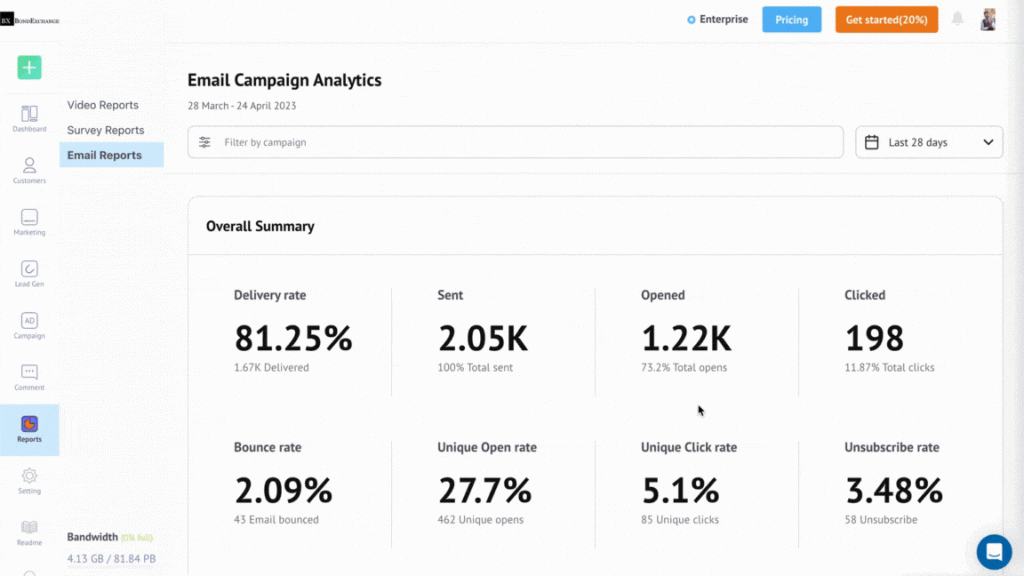
Overall, Show's AI-powered capabilities and automation features empower B2B marketers to save time, enhance personalization, and drive better results in their email marketing efforts.
Now, let’s explore some of the best practices for B2B email marketing.
Best Practices for B2B Email Marketing
You can have the best B2B email marketing strategy in the world. However, it is the B2B emails that ultimately decide the success of your B2B email marketing strategy. If your B2B emails go kaput, then your B2B email campaigns do not stand a chance.
- Write Great Subject Lines
Your subject lines are like windows that offer a peek into your emails. Similarly, they are like what trailers are to movies. When it comes to B2B email marketing, crafting great subject lines is essential for grabbing the attention of busy professionals and driving email open rates. Unlike B2C emails, where subject lines may focus more on emotional triggers and consumer benefits, B2B subject lines should be concise, and clear, and highlight the value proposition for the recipient's business.
In B2B email subject lines, it's crucial to communicate the email content's relevance and potential business impact upfront. Including keywords or industry-specific terms that resonate with the target audience can also help improve open rates. Additionally, incorporating personalization based on the recipient's role, company name, or industry can make the subject line more compelling and increase the chances of engagement.
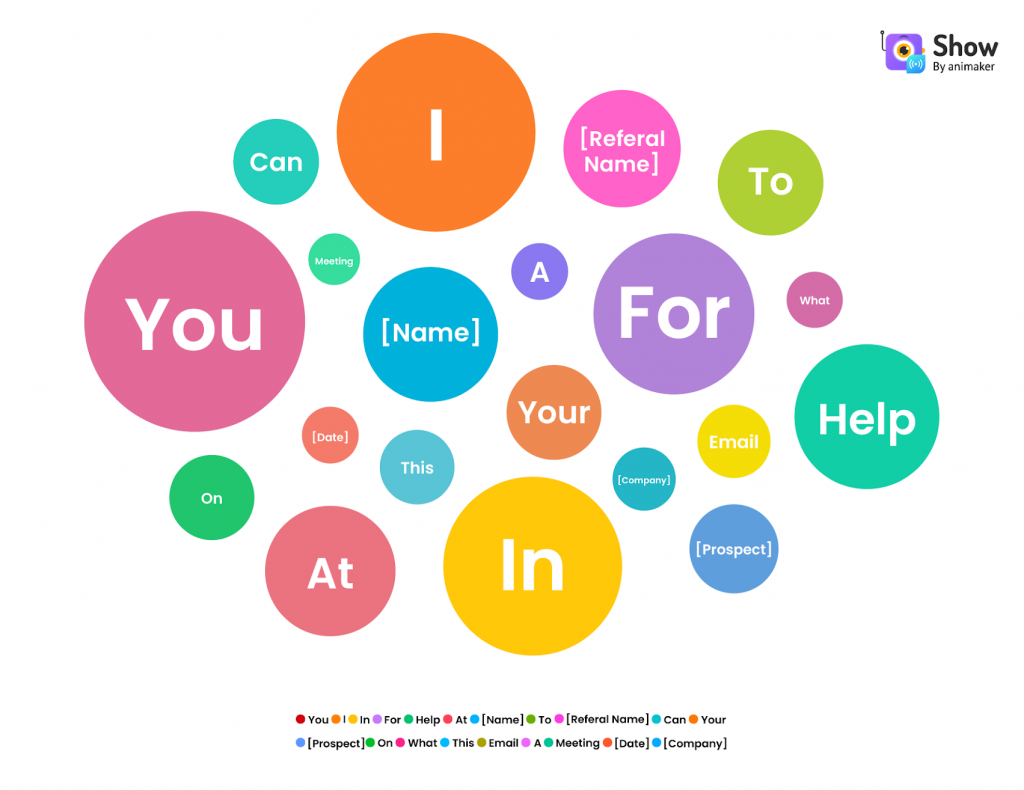
2. Build an Email List
List building is a crucial part of B2B email marketing strategy. It involves collecting contact information from potential business prospects, including their email addresses, to establish a targeted audience for your email campaigns.
To build an effective email list in the B2B context, there are several strategies you can employ. One approach is to create valuable content, such as whitepapers, industry reports, or case studies, and offer them as gated resources on your website. Interested visitors can then provide their contact information, including their email addresses, to access the content.
Networking at industry events and conferences is another avenue for expanding your B2B email list. By engaging in conversations and exchanging business cards, you can gather email addresses from professionals who are genuinely interested in your products or services.
Collaborating with complementary businesses or industry influencers can also help grow your B2B email list. By partnering on joint webinars, co-branded content, or referral programs, you can leverage your audience to capture new email contacts.
Furthermore, using social media platforms, you can promote exclusive offers or incentives that encourage users to subscribe to your email list. This can be in the form of discounts, free trials, or access to premium content.
3. Segmentation
Segmentation is a critical strategy in B2B email marketing that involves dividing your target audience into distinct groups based on specific criteria. By segmenting your email list, you can deliver more personalized and relevant content to different segments, increasing the effectiveness of your campaigns and driving better engagement and conversion rates.
In the context of B2B email marketing, segmentation can be approached in various ways. One common method is segmenting based on industry or vertical. By categorizing your audience according to the industries they belong to, you can tailor your email content to address their specific pain points, challenges, and industry trends. This approach allows you to position your products or services as solutions that cater to their unique needs.
Here are some other ways to segment your audience when it comes to B2B email marketing:
Firmographics: In B2B segmentation, firmographics such as company size, industry, and location play a crucial role in categorizing your target audience and tailoring email campaigns accordingly.
Decision-makers: Understanding the decision-makers within a B2B organization is essential for effective segmentation, as different stakeholders may have varying needs and priorities that should be addressed through targeted email content.
Business needs: Segmenting your audience based on their specific business needs allows you to deliver highly relevant and personalized email messages that address their pain points and position your offerings as solutions to their challenges.
Potential: Assessing the potential of each segment enables you to prioritize your efforts and allocate resources effectively, focusing on segments that have a higher likelihood of conversion and maximizing the impact of your B2B email marketing efforts.
4. Add Great CTAs
Your B2B emails need to have short and action-focused Call-to-Action buttons. Moreover, the buttons should direct the reader to the page and make s/he do what you want them to. To optimize the effectiveness of your B2B emails, it is crucial to include compelling Call-to-Action (CTA) buttons that are concise, action-oriented, and communicate the desired action. These buttons should guide the reader to relevant landing pages or specific actions you want them to take, such as downloading a whitepaper, scheduling a demo, or making a purchase.
By strategically designing and placing CTA buttons in your B2B email campaigns, you can drive engagement, conversions, and ultimately achieve your marketing goals.
5. Test and Measure Campaign Performance
“Data analytics is the future, and the future is NOW! Every mouse click, keyboard button press, swipe, or tap is used to shape business decisions. Everything is about data these days. Data is information, and information is power.”
~ Radi, data analyst at CENTOGENE
Testing and measuring the performance of your B2B email marketing campaigns is essential for optimizing their effectiveness. By tracking key metrics such as open rates, click-through rates, conversion rates, and ROI, you can gain valuable insights into the success of your campaigns and make data-driven decisions to improve future efforts. Utilizing advanced analytics tools and A/B testing techniques, you can experiment with different elements, such as subject lines, content, visuals, and CTAs, to identify what resonates best with your audience and drives the desired outcomes.
6. Personalize as Much as Possible
Sounding humane is crucial whilst crafting a B2B email marketing email. You should not sound like a bot or even a salesman breathing down your recipient’s throat. You should sound like a problem solver to your recipients. In B2B email marketing, establishing a genuine connection with your recipients relies on personalization. You can create a more personalized and relevant experience that addresses their specific needs, pain points, and interests via personalization
Utilize the recipient's names, refer to their company or industry, and leverage data to provide customized recommendations or solutions.
8 B2B Email Marketing Examples
Here are some real-life examples of B2B email marketing.
- Welcome Email
Buffer has set up a simple yet effective welcome email template for other B2B businesses to follow suit.

2. Salesforce Confirmation Email
Salesforce’s confirmation email is concise and straightforward. It is a great example for B2B email marketing to follow.

3. What’s New Email
It is important to be informative as well as grab your audience’s attention whilst announcing something new. Atlassian does a fine job at it.

4. Download Delivery Email
Gallup provides a simple and easy-to-read download delivery update.
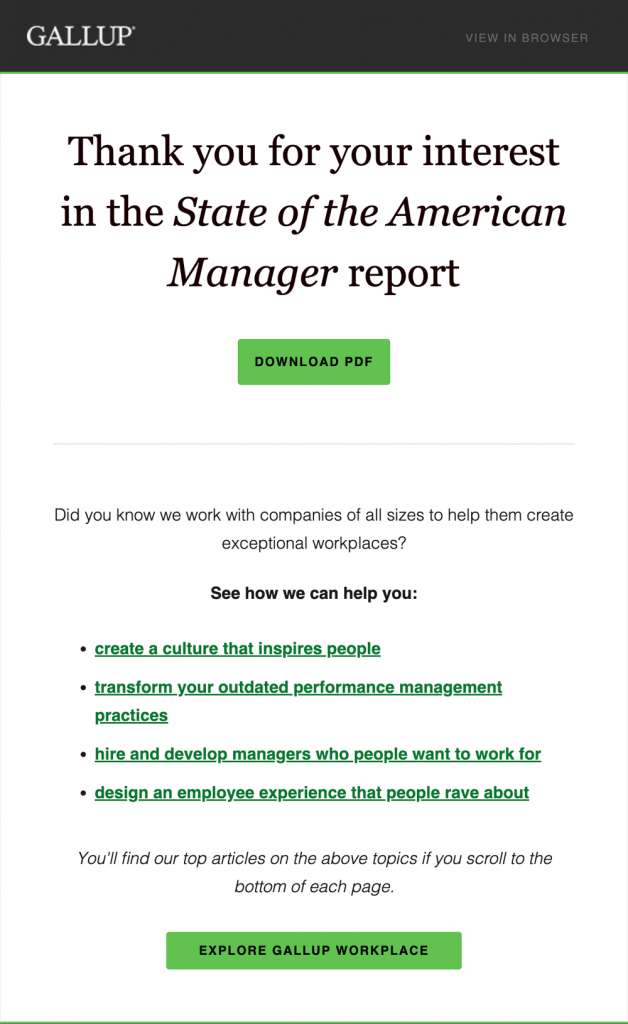
5. Live Events and Webinar Email
Hosting a webinar is a challenge in itself. However, bringing people to attend it can turn out to be a bigger challenge. As a solution, emails can provide to be a great channel to bring eyeballs to your webinar.

6. Insights Report Email
Gamification looks like a trend that will stand the test of time. Hence, Grammarly does a great job of gamification of their emails in the form of insights emails that offers viewers a peek at where they stand at.

7. Curated Content Email
Providing a collection of content not only saves the recipient’s time. But also help them gain knowledge.

8. Newsletter Email
Newsletters are on the rise and how. Astoundingly, more than 90% of Americans subscribe to at least one email newsletter. The newsletter by Moz is a fine example of a newsletter that serves its purpose.

8 Reasons Why Show Is the Best B2B Email Marketing Platform
- In-Built CRM - Advanced Segmentation
Show's B2B email marketing platform includes a powerful customer relationship management (CRM) system that allows you to organize and segment your contact list based on various criteria. This advanced segmentation capability enables you to target specific audience segments with relevant content, increasing the effectiveness of your email campaigns.
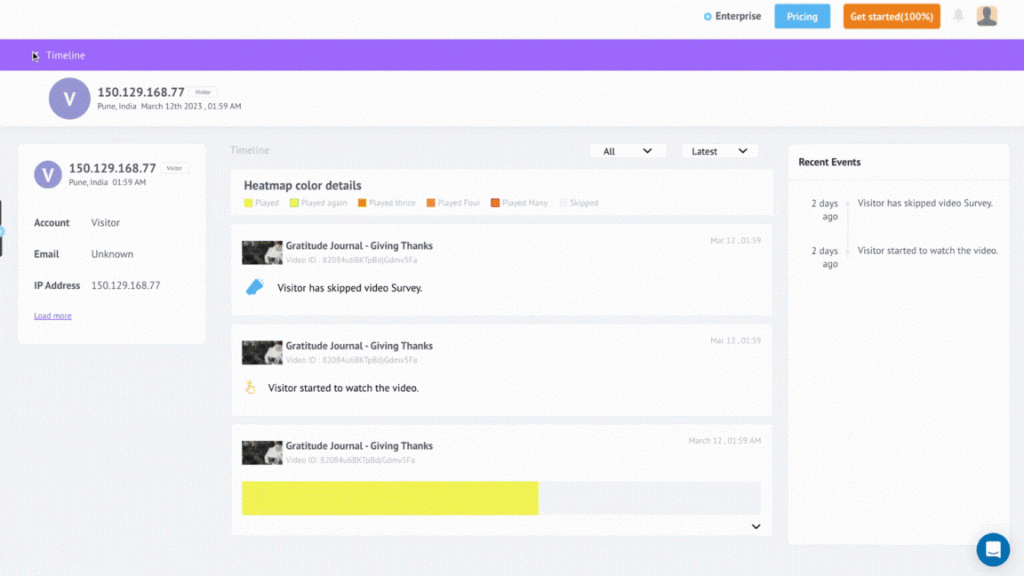
- Email Automation
Show simplifies your B2B email marketing efforts by offering automation features. You can set up automated workflows and sequences, such as welcome emails, follow-ups, and nurturing campaigns, ensuring that your contacts receive timely and personalized messages without manual intervention.
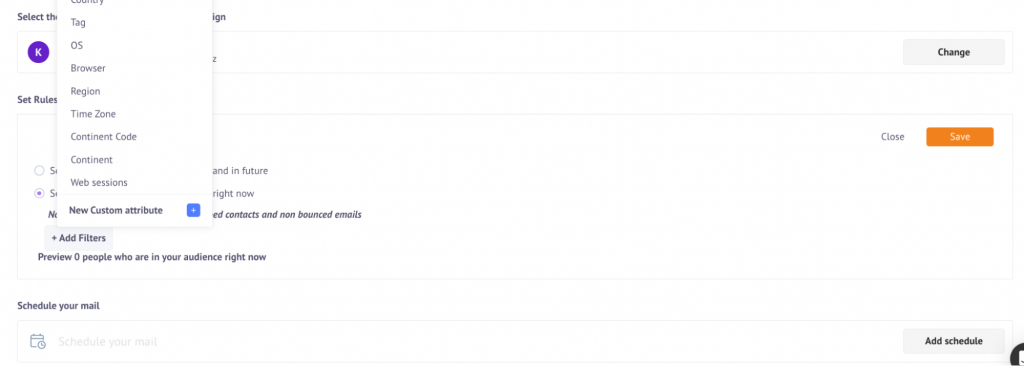
3. Personalization in B2B Email Marketing
Personalization is key to capturing the attention and interest of B2B recipients. Show enables you to personalize your emails by dynamically inserting recipient details like names, company names, or industry-specific information. This level of personalization enhances engagement and establishes a connection with your audience, increasing the likelihood of conversions.
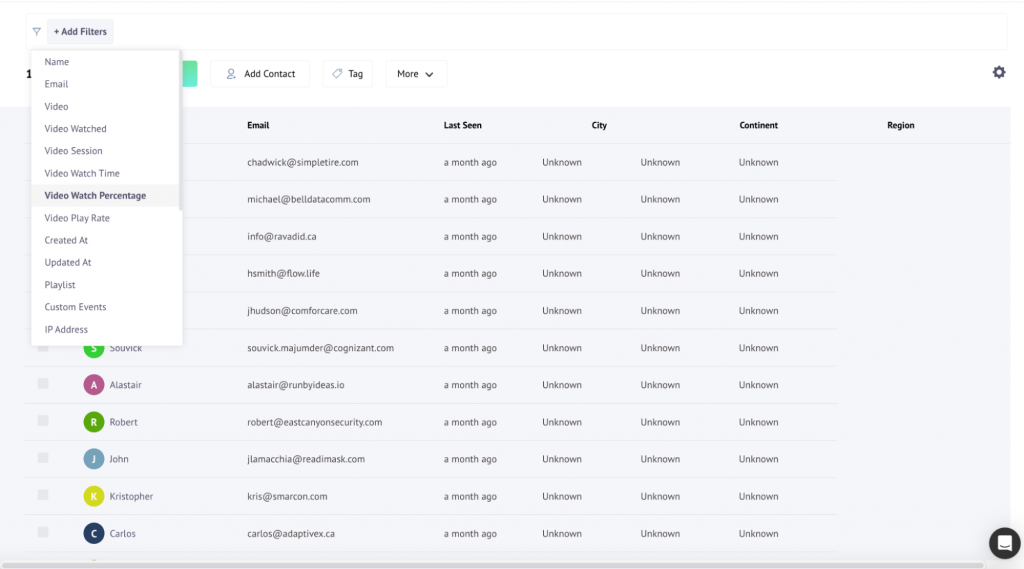
4. Show AI - Email Generator
Show leverages artificial intelligence (AI) to assist you in generating compelling email content. Its AI-powered email generator suggests content based on prompts, helping you create engaging and persuasive emails quickly and effortlessly. This feature is especially useful when you need inspiration or want to streamline your email creation process.
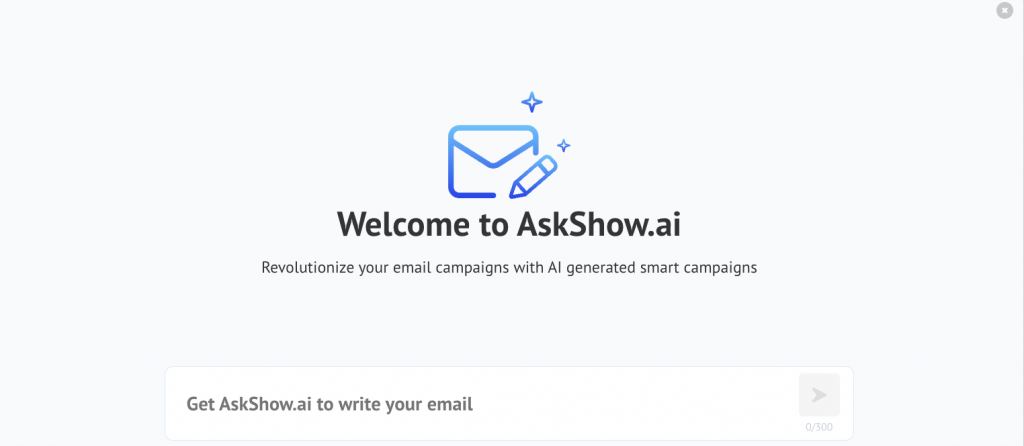
5. Email Reporting and Analytics
Show provides robust reporting and analytics capabilities that give you valuable insights into the performance of your B2B email campaigns. You can track key metrics such as open rates, click-through rates, conversions, and revenue generated. These insights enable you to measure the effectiveness of your campaigns, make data-driven decisions, and optimize your strategies for better results.
6. OmniScript Tracking
With Show's omni-script tracking, you can monitor the engagement and conversion rates of your B2B emails across various devices and platforms. This tracking capability helps you understand how your email campaigns perform on different devices, ensuring a seamless experience for recipients and enabling you to optimize your emails accordingly.
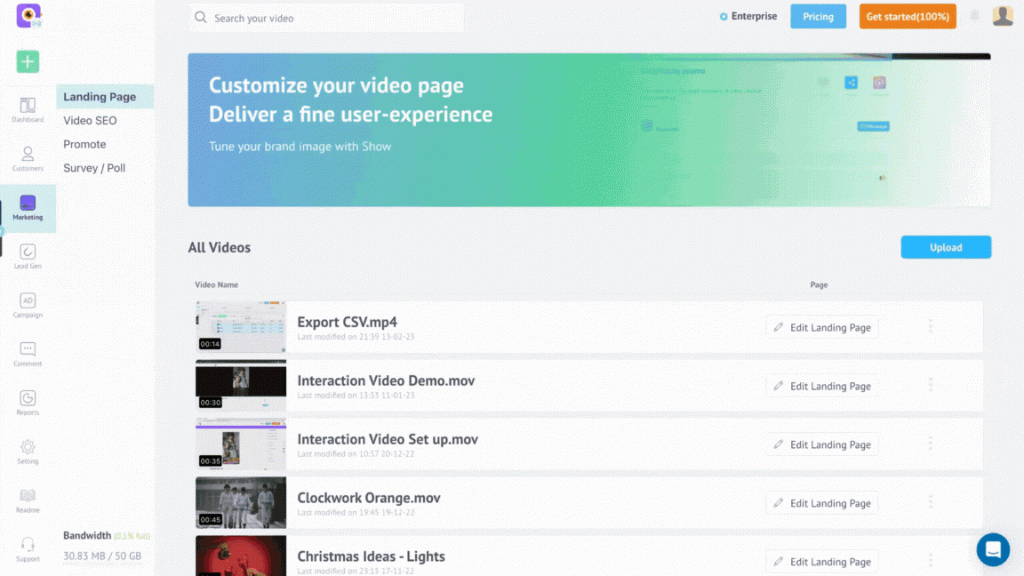
7. Customizable B2B Templates
Show offers a wide range of customizable B2B email templates designed to suit various industries and campaign objectives. These templates are professionally designed and can be easily customized to match your brand identity. Having access to customizable templates saves time and effort in creating visually appealing emails that align with your marketing goals.
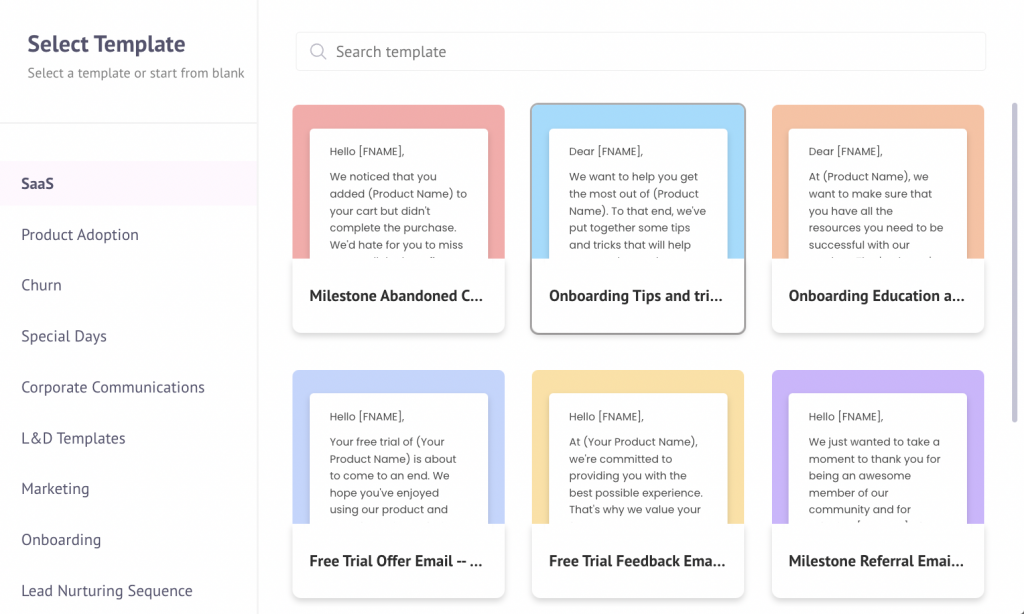
8. Highest Deliverability Rates
Deliverability is crucial in B2B email marketing. 15% of emails get diverted to the spam folder or blocked entirelyShow's platform prioritizes ensuring that your emails reach the intended recipients' inboxes. With a high deliverability rate, you can be confident that your messages are being seen by your target audience, maximizing the chances of engagement and conversion.
Conclusion
In conclusion, B2B email marketing plays a crucial role in reaching and engaging with businesses in a personalized and targeted manner. By leveraging the right strategies, companies can maximize the effectiveness of their email campaigns. Show emerges as the best B2B email marketing platform, offering an in-built CRM, advanced segmentation, automation, personalized content, email reporting and analytics, omniScript tracking, customizable templates, and the highest deliverability rate. With Show, businesses can optimize their email marketing efforts, drive meaningful connections with their target audience, and achieve impressive results in terms of engagement, conversion, and growth.
Start Your CRM Email Marketing Journey Now
Frequently Asked Questions
- Why is B2B email marketing important?
B2B email marketing is important because it allows businesses to establish direct communication with their target audience in a cost-effective and scalable manner. It enables personalized messaging, leads nurturing, and relationship building, ultimately driving business growth, increasing brand awareness, and generating revenue.
- How can I improve the effectiveness of my B2B email campaigns?
To improve the effectiveness of your B2B email campaigns, consider implementing strategies such as segmenting your email list based on firmographics and buyer personas, personalizing your content, crafting compelling subject lines and CTAs, testing and measure campaign performance, and utilizing automation tools to streamline processes and enhance efficiency.
- How can Show's B2B email marketing platform benefit my business?
Show's B2B email marketing platform offers a range of features and benefits, including an in-built CRM for advanced segmentation, automation capabilities, personalized content generation with Show AI, detailed email reporting and analytics, omniScript tracking, customizable templates, and a high deliverability rate. These features empower businesses to optimize their email marketing efforts, improve engagement, and achieve better results in their B2B campaigns.
Start Your CRM Email Marketing Journey Now
